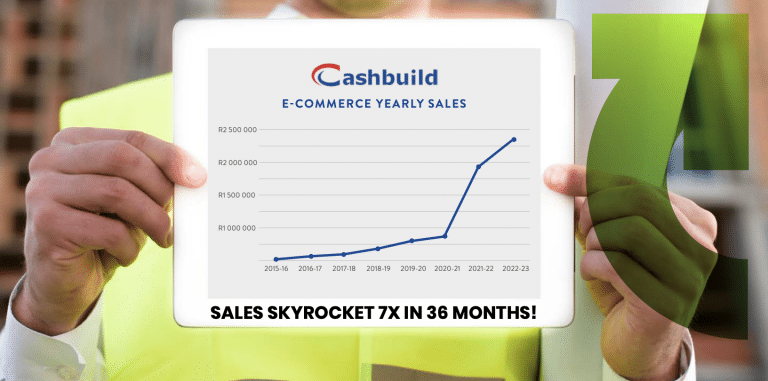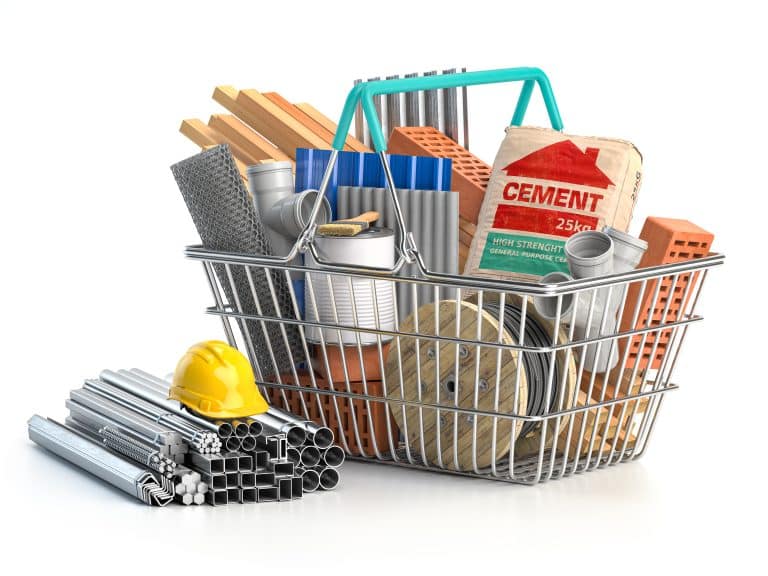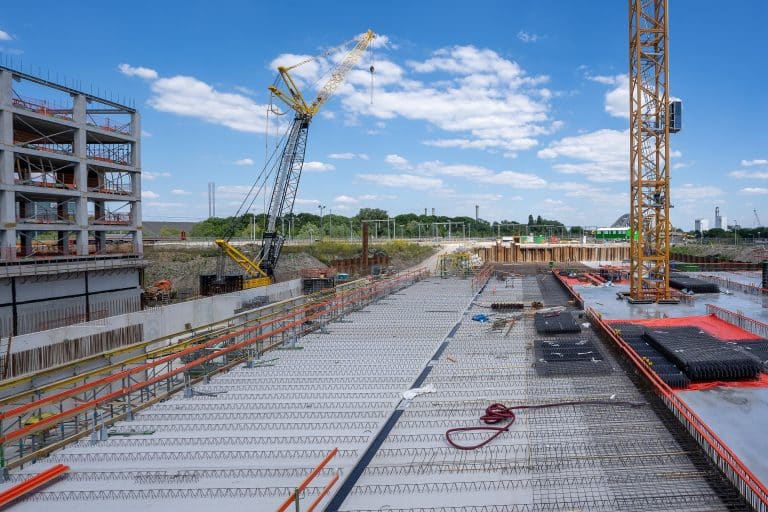
May 2024: Implementing Our Automated Customer Portals in ERP Systems to Drive B2B Success.
Here’s our quick guide to successfully implementing custom branded automated customer portals into your ERP system to deliver 600X sales. … Read More

Think of microservices architecture as having a team of specialists. Each specialist has a specific job and does it really well.
In an e-commerce setting, you might have:
→ One specialist who's really good at keeping track of inventory,
→ Another who's an expert at verifying user identities, and
→ Another who's a whiz at processing payments.
Each of these specialists works independently. They don't need to know the ins and outs of what the others are doing. They just focus on their own job. But they can also communicate and work together when they need to, like passing a baton in a relay race.
This setup allows each specialist to work on their own schedule and pace. If one specialist needs to learn a new skill or upgrade their tools, they can do so without disrupting the others. This means the team can adapt and grow more easily as the business needs change.
In other words, a microservices architecture is like having a team of specialists who can work both independently and together, making your e-commerce operation more flexible and efficient.
APIs, or Application Programming Interfaces, are like waiters in a restaurant. They take your order (a request for some data or action), go to the kitchen (the system where the data lives or the action takes place), and bring back what you asked for (the data or the result of the action).
In an API-first approach, these APIs are treated like VIPs. They're a crucial part of the design process from the very beginning.
This approach is like designing a restaurant to provide the best possible service to the customers. Everything from the kitchen layout to the menu is designed with the customer's needs in mind.
Because of this, APIs designed in an API-first approach can easily take orders from and deliver to a wide range of customers, no matter where they're seated (i.e., they can work with different applications across various platforms).
This makes it easy for different parts of a system (or even different systems) to talk to each other and work together, just like a well-coordinated team of waiters in a restaurant.
Cloud-native refers to applications that are built and hosted in the cloud. These applications are designed to take full advantage of cloud computing frameworks, which offer benefits like scalability, resilience, and flexibility.
This of it like this: Instead of constructing a house on a fixed piece of land (like a traditional computer server), you're building it on a cloud that can move and change shape (like the internet).
This cloud-native house can grow bigger when you have more guests (scalability), it can stay afloat even if part of it gets damaged (resilience), and it can change its layout to suit your needs (flexibility).
In the world of e-commerce, having a cloud-native application means your online store can serve more customers when it gets busy, stay up and running even if there's a problem, and adapt quickly as your business grows and changes.
Cloud-native systems are having a super adaptable, always available, and ever-expanding online store.
A headless architecture separates the front-end and back-end of an application. This allows developers to make changes to one end without affecting the other, providing a lot of flexibility in terms of user experience.
When applied to e-commerce, MACH architecture allows businesses to build highly flexible and scalable e-commerce platforms.
MACH systems can easily integrate with other systems, scale as the business grows, and provide a seamless, consistent user experience across multiple channels and touchpoints.
This aligns perfectly with the principles of composable commerce, making MACH a popular choice for businesses looking to build a custom e-commerce platform.









And don’t forget about GoBuild360 (wink, wink), the composable e-commerce software geared specifically for the construction materials industry. It’s all about offering a tailored e-commerce solution that meets the unique needs of construction businesses.
Let’s slide into the e-commerce success stories of two heavy hitters in the construction industry: Cashbuild and AfriSam.
Put on your hardhat and lace up your work boots, because these guys are setting the pace and getting the job done right.


Here’s our quick guide to successfully implementing custom branded automated customer portals into your ERP system to deliver 600X sales. … Read More

Become as valuable to your customers as they are to you.
Download our brochure for more. … Read More

With an impressive portfolio of over 300 stores across South Africa, construction retail behemoth Cashbuild is no stranger to e-commerce. But what is new is the retailer’s skyrocketing sales. … Read More

It’s hard to say who started first. While e-commerce giants like Amazon and eBay have been selling construction gear for years, they haven’t specialized. And they certainly don’t supply many job sites. Flooring distributor BuildDirect, founded in 1999, became an early

Online sales for construction suppliers have evolved dramatically with the advent of new technologies. Among these, MACH tech stands out as a real game-changer — revolutionizing the online sales process. Let’s explore what MACH technology means for the construction industry

Building a successful e-commerce platform for the construction materials market shouldn’t feel like constructing a towering skyscraper. And with MACH architecture, it doesn’t have to. This advanced technology framework simplifies the e-commerce building process, providing a robust, flexible, and scalable